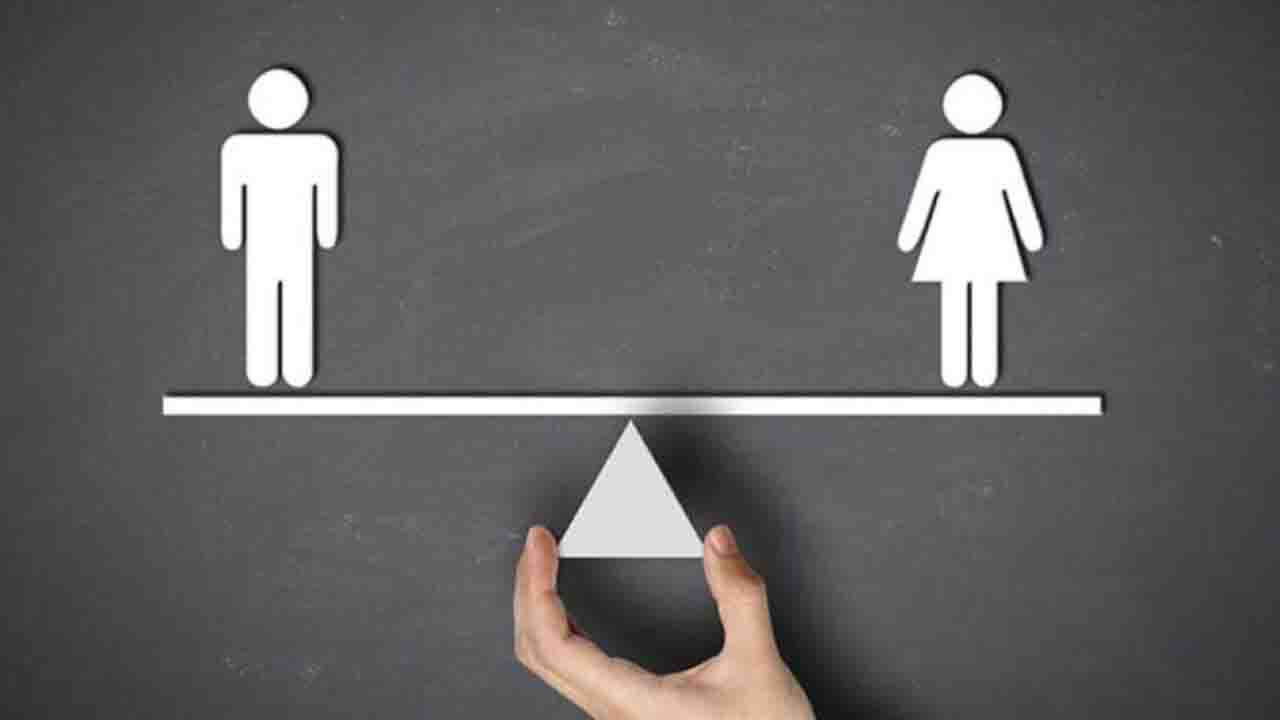Gender mainstreaming is a fundamental principle of the European Union (EU) institutions, aimed at achieving gender equality across all policies and actions. It entails integrating a gender perspective at all stages of decision-making, policy formulation, implementation, monitoring, and evaluation within EU institutions and their member states. The objective is to ensure that the needs, experiences, and contributions of both women and men are taken into account, and that gender disparities are addressed in all areas of life. The concept of gender mainstreaming emerged in the 1990s as a response to the recognition that policies and programs often overlooked or neglected the specific needs and experiences of women. The EU has been at the forefront of promoting gender mainstreaming and has made it a fundamental principle in its institutional framework. The Treaty of Amsterdam, signed in 1997, introduced gender mainstreaming as a binding principle for all EU policies and actions. This commitment was further reinforced through subsequent treaties and legal instruments.
EU institutions, including the European Commission, the European Parliament, and the Council of the European Union, have established mechanisms and structures to promote gender mainstreaming. The European Institute for Gender Equality (EIGE) serves as a central knowledge hub, providing expertise, data, and research to support gender mainstreaming efforts. It develops indicators, collects data, and produces reports to monitor progress and identify gaps in gender equality across EU member states. Gender mainstreaming involves various strategies and tools to integrate gender perspectives into policies and programs. It requires conducting gender analysis and impact assessments to identify how policies may differentially affect women and men. It also involves setting gender equality objectives, targets, and indicators to guide policy implementation and evaluate progress. The EU has adopted several key directives and strategies to promote gender equality and mainstreaming. The Gender Equality Directive, for instance, prohibits discrimination based on sex in employment and provides protection against harassment and sexual harassment. The EU’s Strategic Engagement for Gender Equality sets out priorities and actions to address gender inequalities in various domains, including employment, education, healthcare, and political participation.
Through its funding programs, such as the European Structural and Investment Funds, the EU supports member states in implementing gender mainstreaming measures and initiatives. It provides financial resources and technical assistance to promote gender equality and empower women in areas such as entrepreneurship, education, and research. While significant progress has been made in promoting gender mainstreaming within EU institutions and member states, challenges and gaps remain. Achieving gender equality requires a comprehensive approach that goes beyond legislative measures and encompasses societal attitudes, cultural norms, and institutional practices. The EU continues to work towards eliminating gender disparities and creating a more inclusive and equitable society through its commitment to gender mainstreaming and gender equality.








